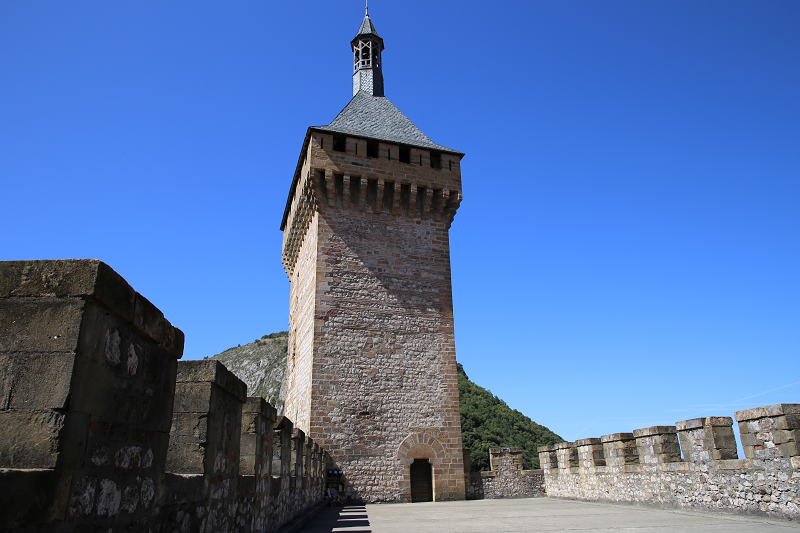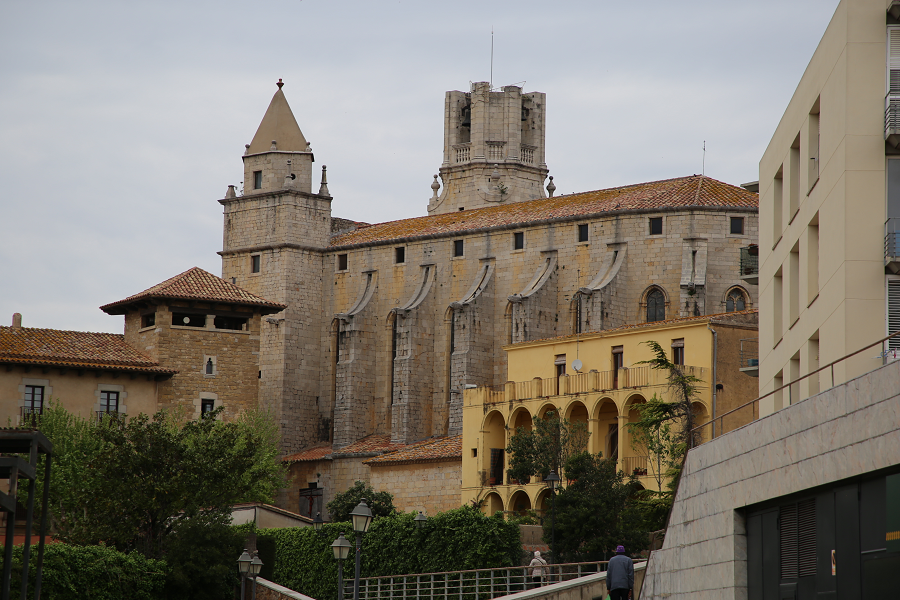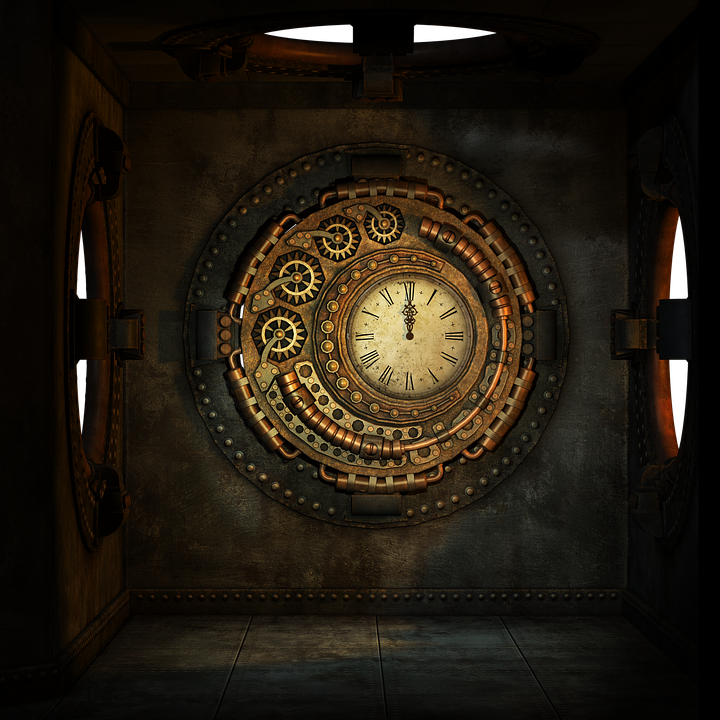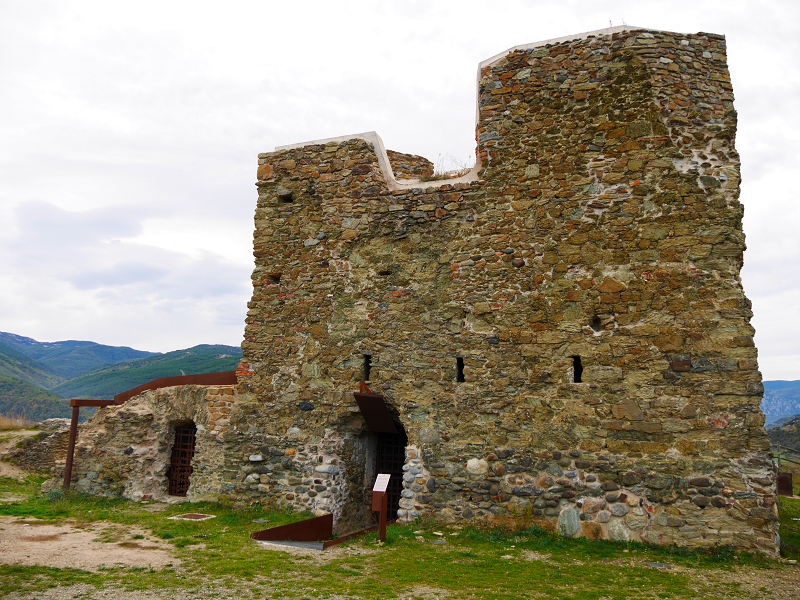Louis XIV was born on September 5th, 1638. His parents, Louis XIII and Anna of Austria, had no children prior to that despite 22 years of marriage. The absence of a direct heir threatened to plunge the country into a new civil war. People perceived the news of the queen’s pregnancy as a real holiday. French people were delighted even more when it was a boy that had been born. After all, according to the Salic law that had prevailed in France since the times of the Merovingians, women could not occupy the throne.
The newborn king’s full name was Louis-Dieudonne, or Louis given by God. Cardinal Richelieu died in 1642, and King Louis XIII departed to another world in May 1643. Baptism of the Dauphin took place on April 21st, 1643.
The boy’s godfather was Cardinal Giulio Mazzarini. The energetic Italian replaced the father of Louis XIV. Moreover, the cardinal ruled the country as the successor to Richelieu for 18 years (1643–1661). Historians compare the Mazzarini achievements in foreign and domestic policy with his great predecessor’s achievements. The cardinal even surpassed Richelieu in the alcove affairs, becoming the favorite of Anna of Austria, regent of the kingdom.
While “the great hope of France” mastered grammar, languages, maths, horse riding, fencing and playing the lute, people who ruled on his behalf had to solve very difficult tasks. The ruthless tax policy of Richelieu, continued by his successor, as before, caused the underprivileged population to become angry. A new wave of peasant uprisings rose in the country in 1643-1645.
The government sent numerous troops to fight against the Croquants (nickname for peasant rebels) in the southwestern province of Rouergue. However, Mazzarini turned out to be a master of the “carrot and stick” tactics. He reduced the hated tallage tax (the main land tax paid by the tax-paying classes) in the same Rouergue… but only after the unrest had subsided, and about 50 riot instigators were arrested and sent to the galleys.
The government received the next, much more serious blow in the very heart of the country, in Paris. Mazzarini, through the superintendent’s office (in the 17th century, the governor of the royal treasury, in fact, the Minister of Finance) Partichelli d’Emeri stubbornly sought funds to finance the war against the Hapsburg powers from 1643 to 1648. Since it was impossible to squeeze anything out of the peasants, the finance ministry turned its attention to the burghers. Duties on entry into Paris increased gradually, the court officials’ salaries decreased, and new property taxes were introduced. These measures hurt the interests of both the urban bourgeoisie and the bureaucratic aristocracy, who felt offended.
Paris’ parliament became the bureaucracy (first of all judicial) stronghold.
Unlike the Parliament of England, this body was the highest court of the estate monarchy. Princes of blood and dukes sat among the tribunal judges. Their titles received official recognition only after registering in Parliament. Parliamentarians also had the right to register royal decrees. The royal decrees could be “under the cloth” at any time in the event of a conflict with the court, that is, the parliament could paralyze the royalty’s power if desired.
The judges’ protest went far beyond the usual framework on May 13th, 1648. The four houses of the Paris Parliament met for a joint meeting on that day. They called their assembly “the Chamber of Saint Louis” and declared that they would disperse only after their demands had been met. Sitting from June 30 to July 9, the Chamber adopted a charter consisting of 25 paragraphs. It demanded to ban arrests without charge and without presenting the accused to the court within 24 hours. The finance, justice, and police positions should be abolished.
In an effort to win the support of the people, the Chamber of Saint Louis demanded to cancel the practice of giving tax collectors the right to collect tallage, to cancel all arrears (tax debts) and to establish a special court of justice to punish officials who plundered the treasury. In addition, the parliament sought control over the taxes’ collection. The powers of the French parliament were close to those of the English House of Commons in the case of compliance with the charter requirements. The parliament position attracted many representatives of various classes to its side.
Queen Anne of Austria was angered by the activities of the Chamber of Saint Louis, calling it a “republic within the monarchy.” The court had insufficient forces to resist the combined forces of the nobility, the bureaucracy, and the bourgeoisie. Therefore, Mazzarini made concessions. The royal edict was issued on July 18th, 1648 claiming many Chamber of Saint Louis requirements and reducing the tallage amount. However, the parliament, led by President Potier de Blanmenil and Counselor Brussel, adhered to a hard line. The queen and her ministers were forced to pretend that they had surrendered, although the court had been looking for ways to get rid of obstinate judges from the very beginning.
Anna of Austria ordered the arrest of Blanmenil and Brussel on June 26th of the same year. 1,200 barricades rose in the Paris streets in response on the night of June 26/27th. The movement spanned to the province. Referring to the decisions of the parliament, the peasants refused to pay taxes and pursued the officials who were trying to collect them. People even opposed feudal duties in a number of regions. The villages were arming themselves to fight the “Mazzarinists”. These events were called Fronde (Frondemeans “sling” in French).
The English revolution had a certain influence on the events in France as well. There were calls on the streets to establish a republic in France. The democratic regime supporters came to power In Bordeaux, they maintained contact with the British radicals, the Levellers. Bordeaux residents demanded the universal suffrage introduction.
The Queen and Mazzarini freed the arrested parliament leaders under pressure from the streets. Moreover, the declaration was solemnly announced in parliament on July 31st in the presence of the king. It gave the force of law to virtually all decisions of the Chamber of Saint Louis.
Parliament seemed to have victory. However, the opponents of the French radicals in 1648 were far superior in their abilities to the unlucky Louis XVI, unable to distinguish revolt from revolution. Mazzarini hurried to sign a peace treaty with Austria, thereby freeing the French army. Anna of Austria and Mazarin fled from the capital city immediately after this, Prince Condé, who had returned from the Netherlands in December 1648, came to their aid. Paris was besieged by government troops.
Bread prices increased in the city, divisions began between the wealthy citizens and the low-income strata of the population who demanded to curb food speculators. Parliamentarians made a deal with the court in such situations.
The peace treaty was announced on March 15th, 1649. The government guaranteed old privileges to the parliament again and the parliament rejected its decisions against the Mazzarini government. The parliament Fronde was over. It is noteworthy that the numerous French Protestant communities were pro-monarchist at the time of the Fronde. This provided them with the Mazzarini protection, who wrote in 1659 to the Synod of Reformed Churches: “I ask you to believe that I have great respect for you as to such kind and so loyal servants of the king.”
The parliamentary Fronde defeat did not mean immediate stabilization. Mazzarini had to confront the so-called New Fronde, or Princes Fronde almost immediately. The cream of the French aristocracy, the brother of Louis XIII Gaston de Orleans, the recent savior of the regency Prince de Conde, and even the famous commander de Turenne spoke against the cardinal and the queen. Some members of parliament, active participants of the Old Fronde supported the princes as well.
Opponents fight has become a series of endless intrigues, which even modern French historians can hardly understand. Mazzarini was forced to flee Paris twice during the fierce confrontation, and his opponents turned for help to the government of Spain (with which France was in a state of war). Civil strife continued until the middle of 1653. The queen mother and Mazzarini managed to divide their enemies in the end. They were bribed with titles, profitable appointments, and large sums of money.
All these events took place in front of the young king. Moreover, a crowd, heated by the princes’ agents, broke into the Palais Royal palace on the night of February 9-10, 1651. Many people passed by the bed of the king, who pretended to be asleep. This act was imprinted in his memory for life. The events of the Fronde reflected in the Louis mentality: the king suffered an ochlophobia, the crowd fear. His attitude towards the nobility was also filled with a feeling of deep distrust from then on. Any attempts on the monarch prerogatives seemed to be a threat to the existence of the country, and possibly his own. Louis XIV found another way to strengthen his powers…
However, for the time being, the young king (Louis XIV’s adulthood was celebrated on September 7th, 1651) didn’t have too many opportunities to realize his plans. Cardinal Mazzarini held the reins of France firmly. The king devoted all his time to dancing (he was a brilliant dancer in his youth), painting, music, and prayers. Anna of Austria and his godfather, the cardinal, gradually began to attract Louis to public affairs.
Mazzarini, like Richelieu, gave primary attention to foreign policy issues. The main opponents of France were still the Hapsburg powers, Austria and Spain. France signed the Westphalia Peace Treaty with Austria in 1648, which was beneficial for France. The war with Spain still continued. Spanish King Philip IV hoped that internal unrest in France would help him to win.
These hopes were well-founded, especially if one considers that after 1651 one of the most active Spanish commanders was Prince de Conde, who rebelled against the court during the Fronde of Princes. He confronted another former Frondeur, Viscount de Turenne on the battlefield.
However, the further the war went on, the more obvious France’s advantage became. Mazzarini concluded the treaty with the Lord Protector of England, Oliver Cromwell in Paris in 1657. France and Spain were already striving for peace negotiations in 1658. Mazzarini had prepared a proposal by that time for the conquered Spaniards, which it was very difficult for them to refuse. It was about the marriage between King Louis XIV and Philip IV’s daughter Infanta Maria Theresa. In fact, Spain imposed an alliance with France. This eliminated the possibility of joint Spanish-Austrian actions against the kingdom.
France and Spain signed the so-called Treaty of Pyrenees on November 7th, 1659. Spain conceded to France a number of strategically important cities and fortresses in the Netherlands and recognized the points of the Peace of Westphalia concerning the French conquests in Alsace also according to this document. The French, for their part, pledged to return some of the territories they had seized and to break off the anti-Spanish alliance with Portugal and England. They also satisfied the demand of the Spaniards to return Prince Conde to the French court.
Philip IV was worried that the French would be able to claim Spanish possessions in the future, the heir of which could become the Infanta. (The Spanish king’s son, the future King Charles II, was born weak and sick.) European monarchs have not forgotten how the Hundred Years War began. Therefore, Spanish diplomats demanded to fix Maria Theresa’s refusal of any inheritance right in the marriage contract. Philip IV pledged to pay a huge dowry, half a million gold ecu in exchange.
The devil lurked in the details, as always. What would happen if Spain didn’t pay the queen’s dowry? The inheritance right waiver would become invalid in such a case. Mazzarini’s calculation turned out to be accurate. He knew that the Spanish treasury was empty. The marriage took place in June 1660. No ecu crossed the Spanish-French border. However, no demands from the French side followed. Marriage documents were in the archive waiting for the right moment…
The actual ruler of France, Cardinal Mazzarini, passed away less than a year after these events on the night of March 8/9th, 1661. The young king could manage the state on his own from then on.











